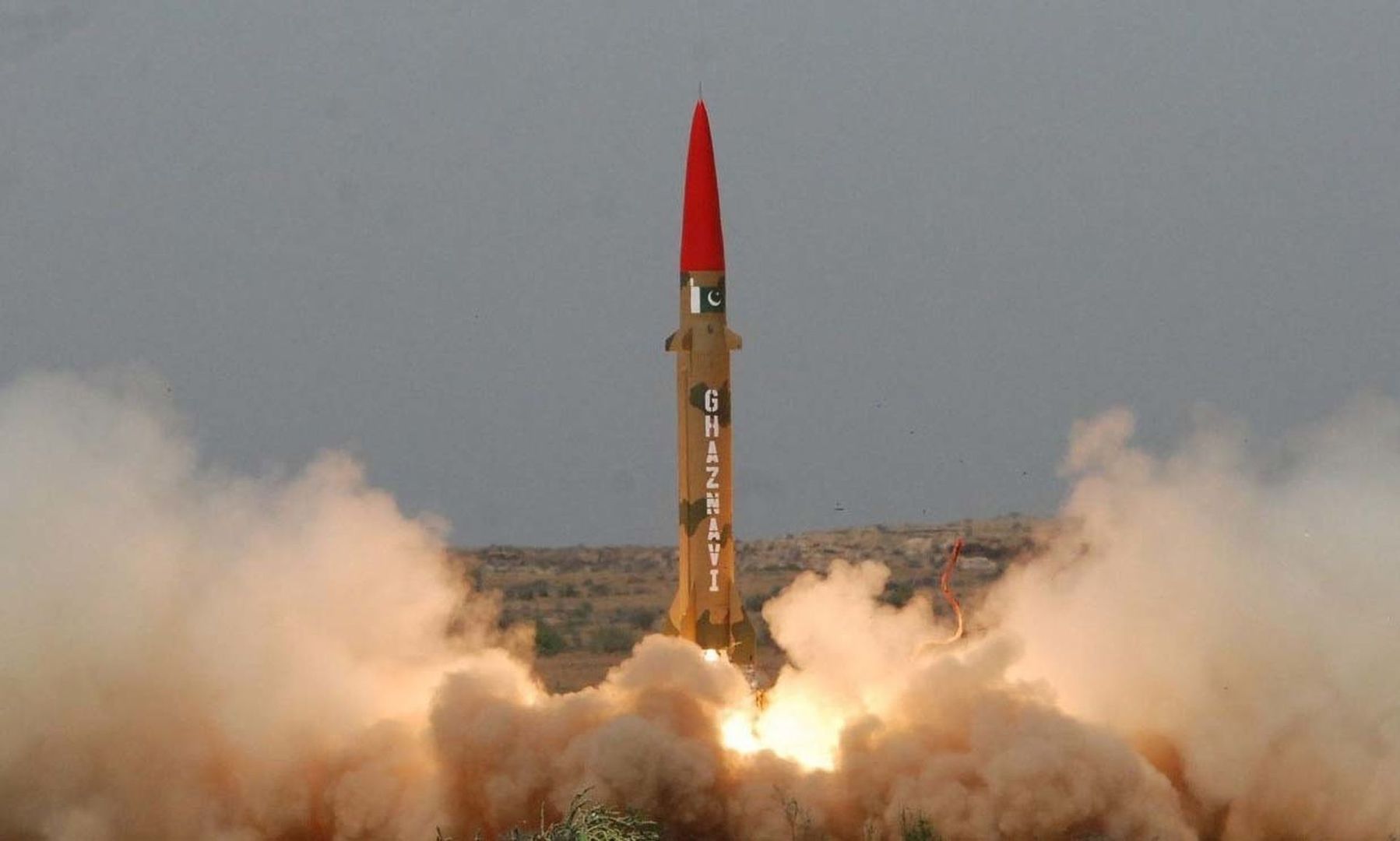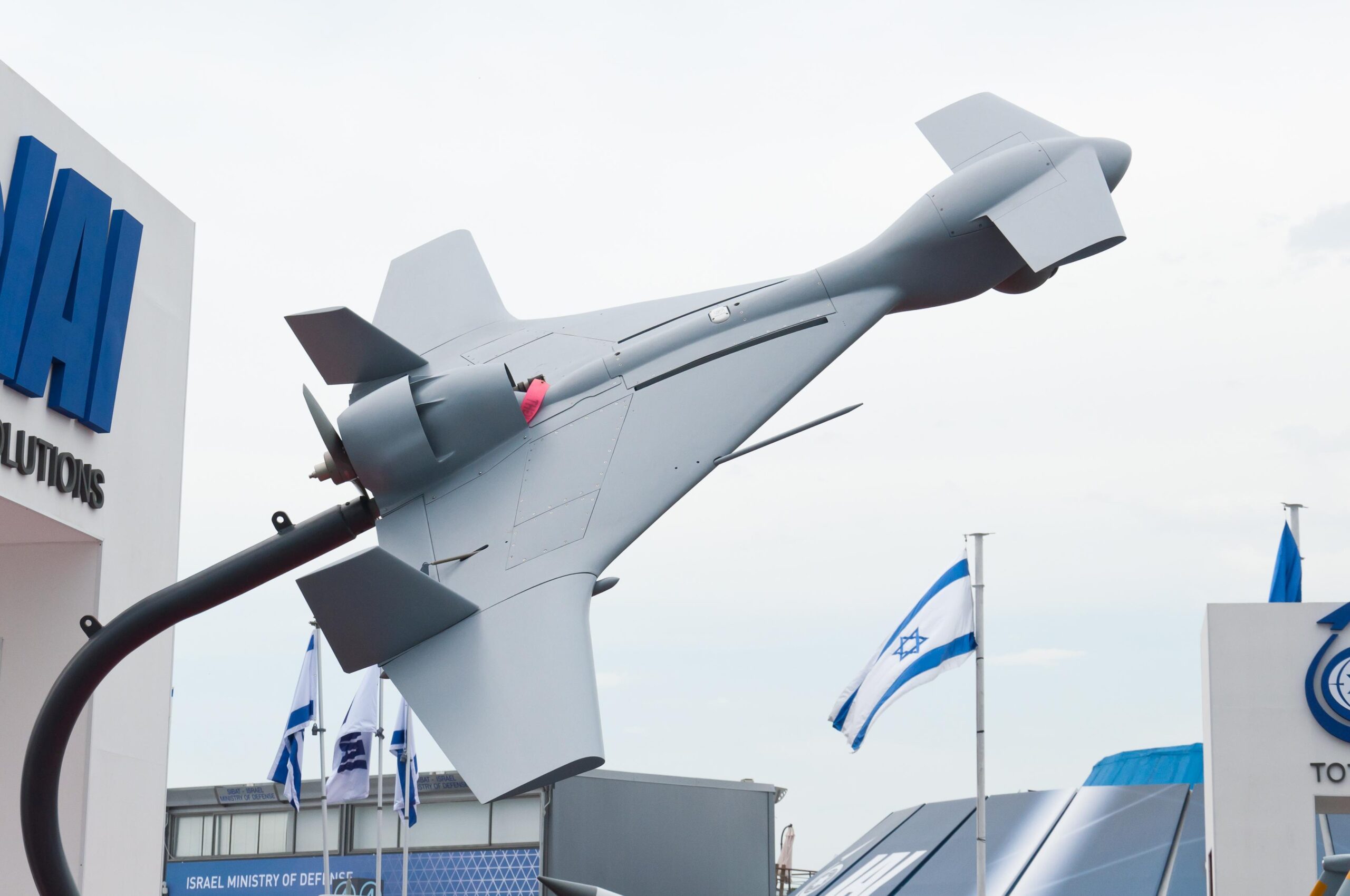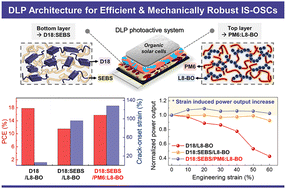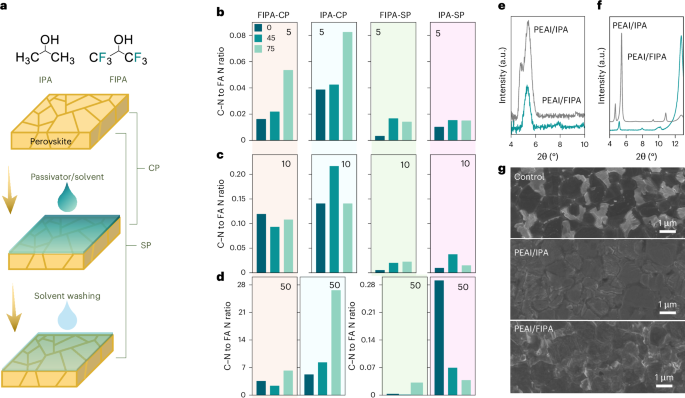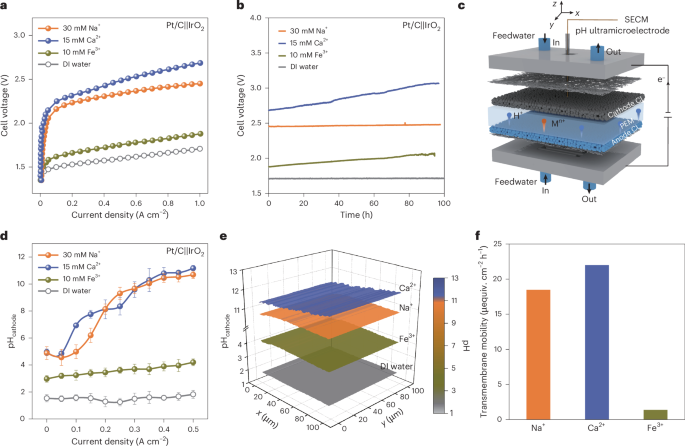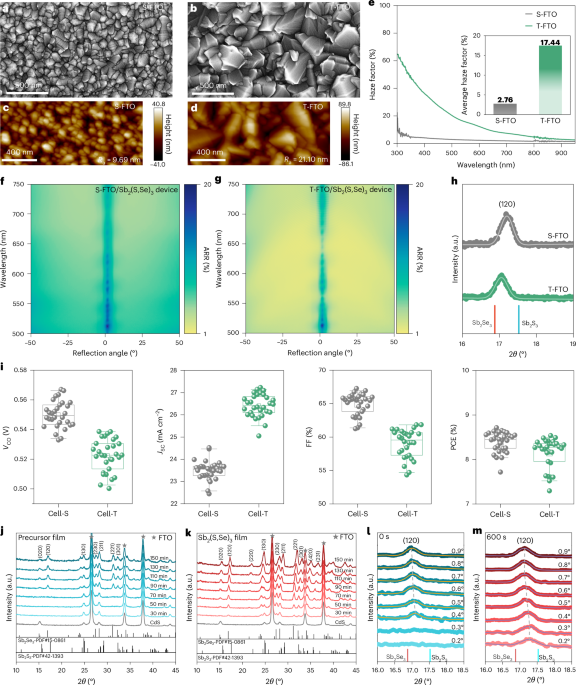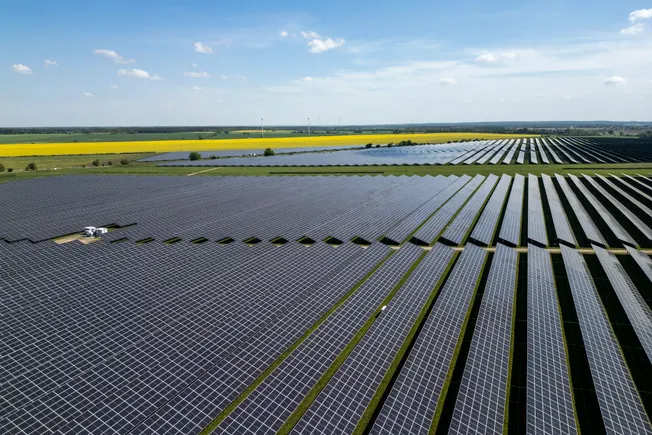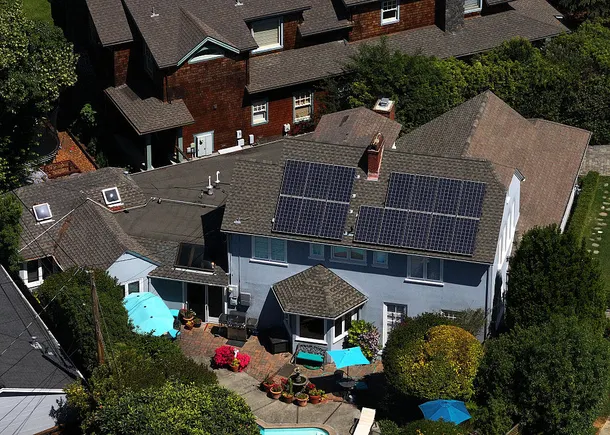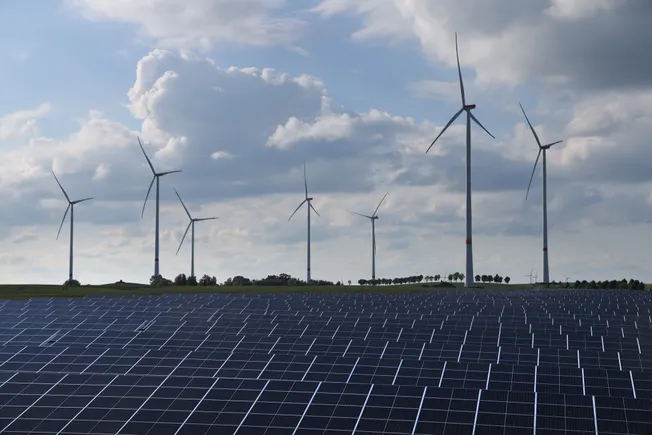Industrial Scalability of Zinc‐Ion Batteries: Enhanced Electrochemical Performance with High Mass Loading Electrodes on Graphene‐Coated Metal Current Collectors
Advanced Energy Materials, Volume 15, Issue 22, June 10, 2025.

Graphene-coated stainless steel foil (G@SSF-400) is developed as a high-performance current collector for zinc-ion batteries (ZIBs). Heat treatment at 400 °C effectively removes the oxide layer, enhancing conductivity and mechanical strength. The G@SSF-400 achieves high areal capacities, remarkable cycling stability, and industrial feasibility, demonstrating its potential for next-generation ZIBs in large-scale energy storage applications.
Abstract
Zinc-ion batteries (ZIBs) have emerged as a promising energy storage solution due to their inherent safety, environmental sustainability, and cost-effectiveness. Utilizing water-based electrolytes, ZIBs eliminate fire risks and thermal runaway concerns, making them ideal for large-scale energy storage systems. The high theoretical capacity, low cost, high abundance, and low toxicity of zinc further enhance its suitability for grid-scale applications. However, conventional current collectors such as graphite foil exhibit limitations in scalability and mechanical properties, which make them unsuitable for industrial roll-to-roll manufacturing processes. This study addresses these limitations by exploring graphene-coated stainless steel foil as an alternative current collector. Here, graphene coating followed by heat treatment to remove the surface oxides improves the conductivity and corrosion resistance of the material. As a result, the fabricated ZIB exhibits high specific capacities of 1.90 and 0.91 mAh cm−2 at current densities of 0.3 and 2.0 C, respectively, and demonstrate a remarkable long cycle life with a capacity retention of 88.7% for up to 1500 cycles at a current density of 1.0 C, despite a high electrode loading of 13.27 mg cm−2. This innovation enhances the electrochemical performance and cycling stability, thereby advancing large-scale ZIBs as a safe, scalable, and high-performance solution.











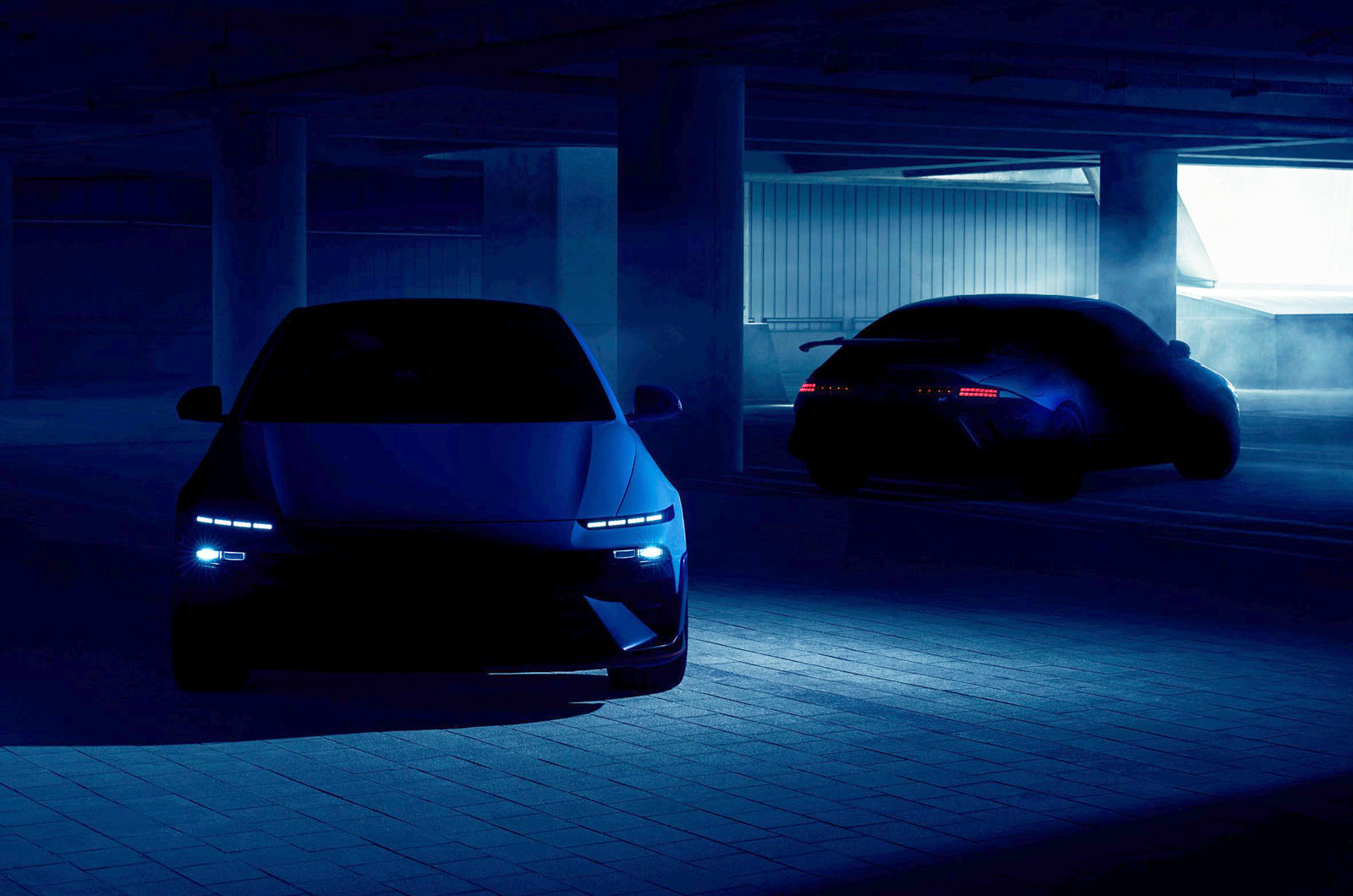
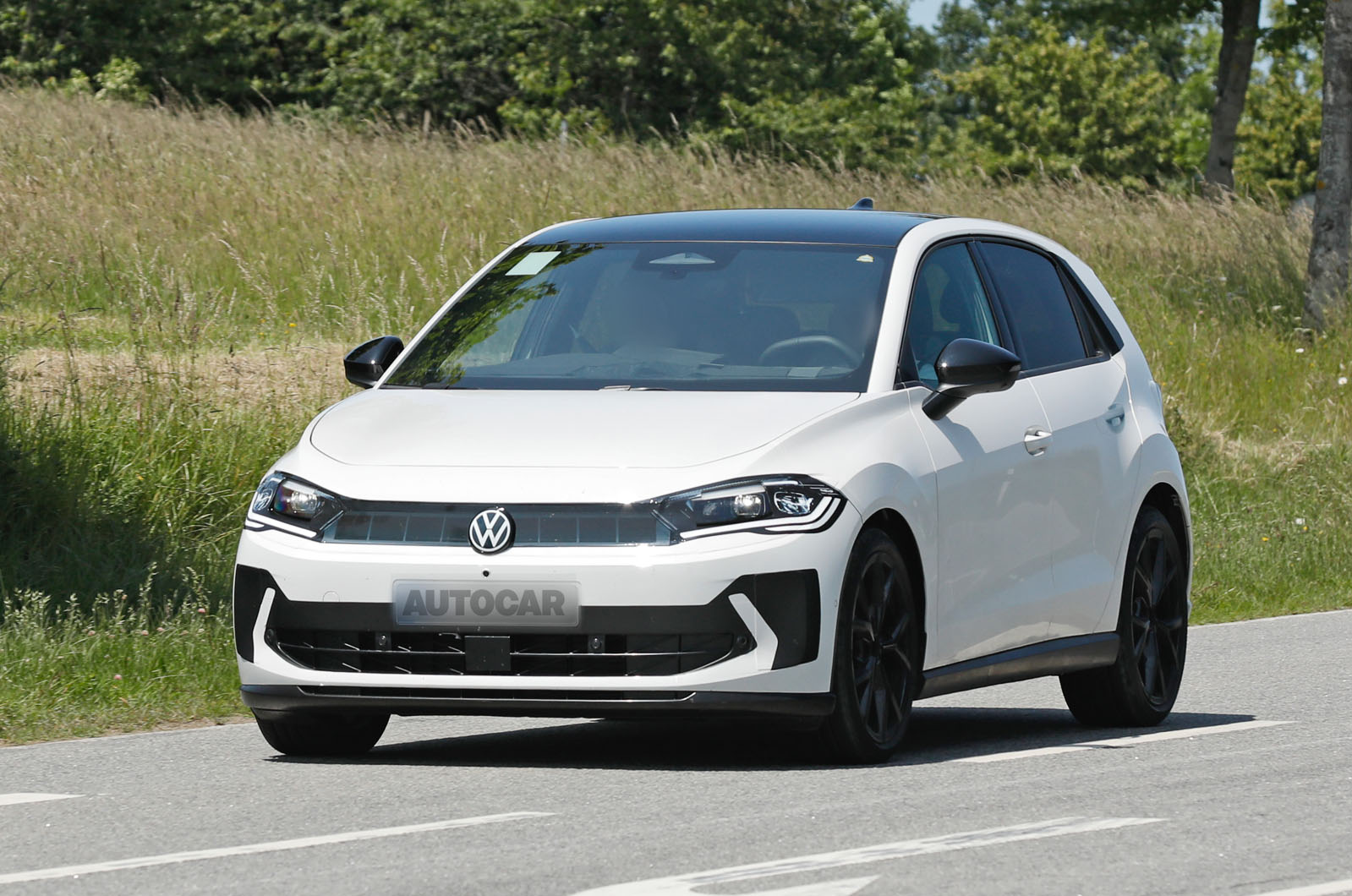
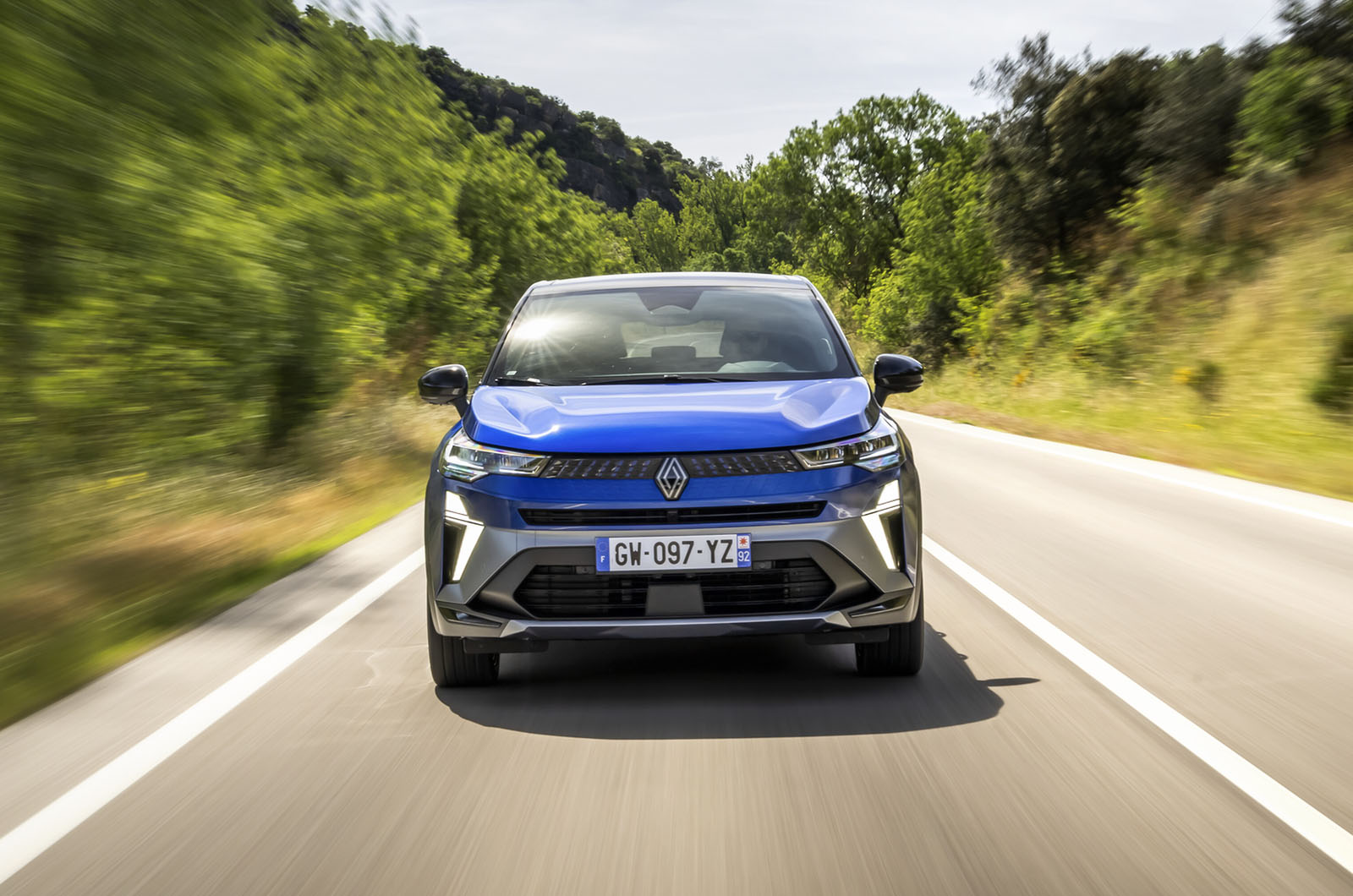








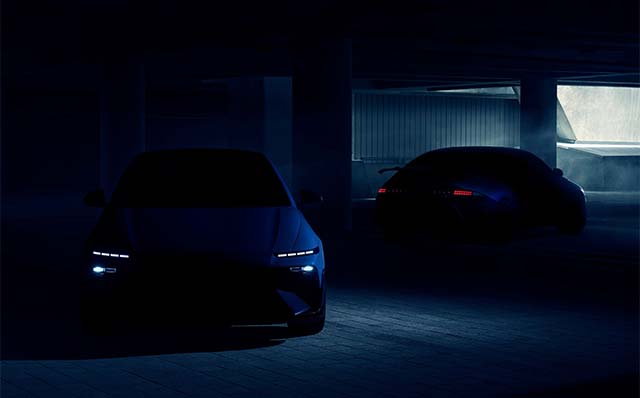

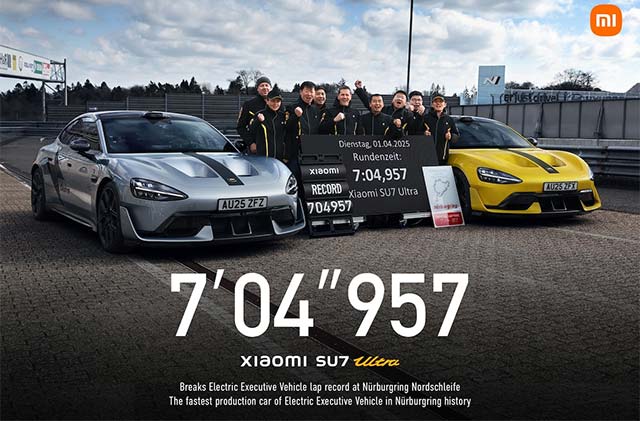



















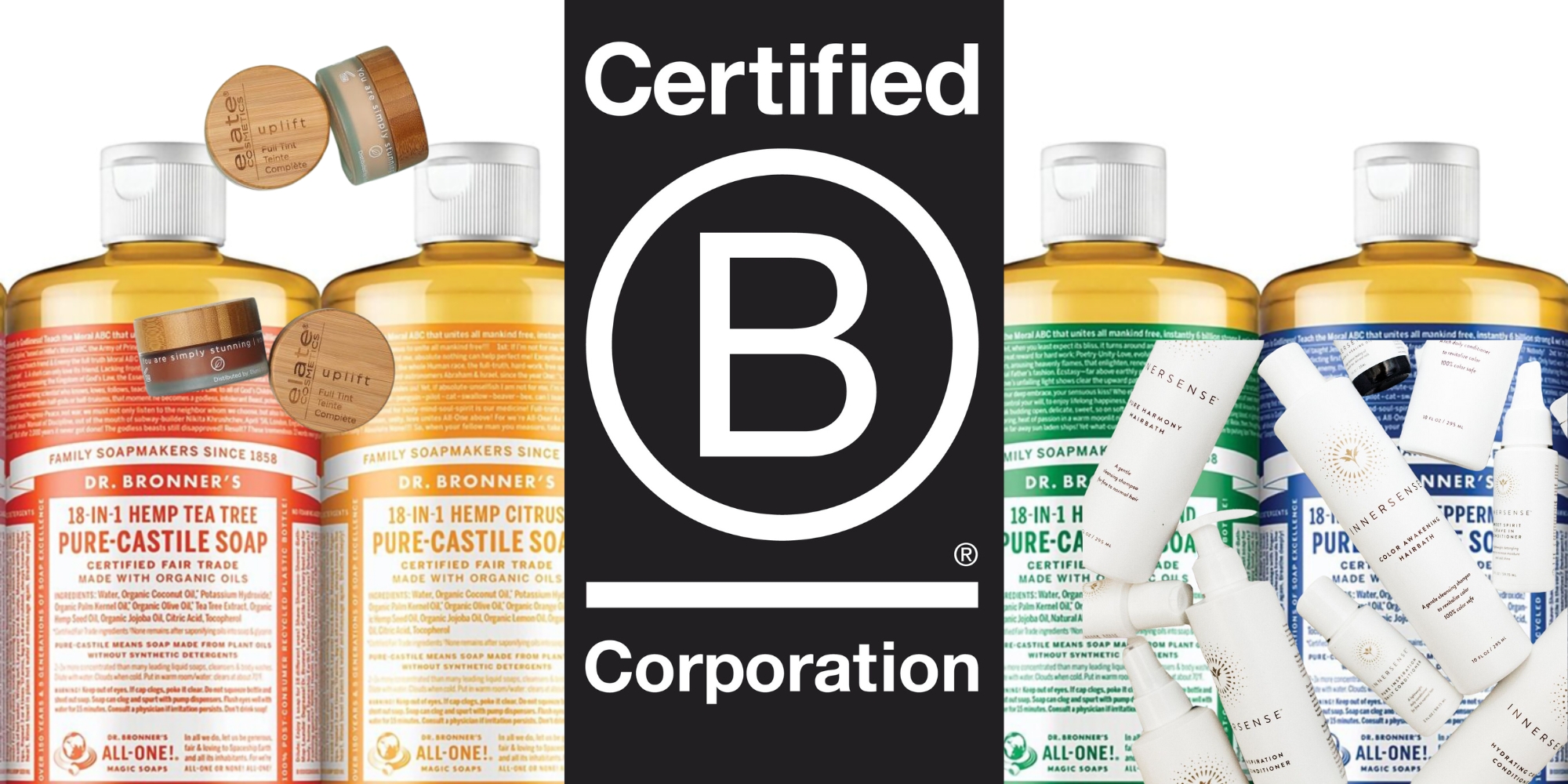







































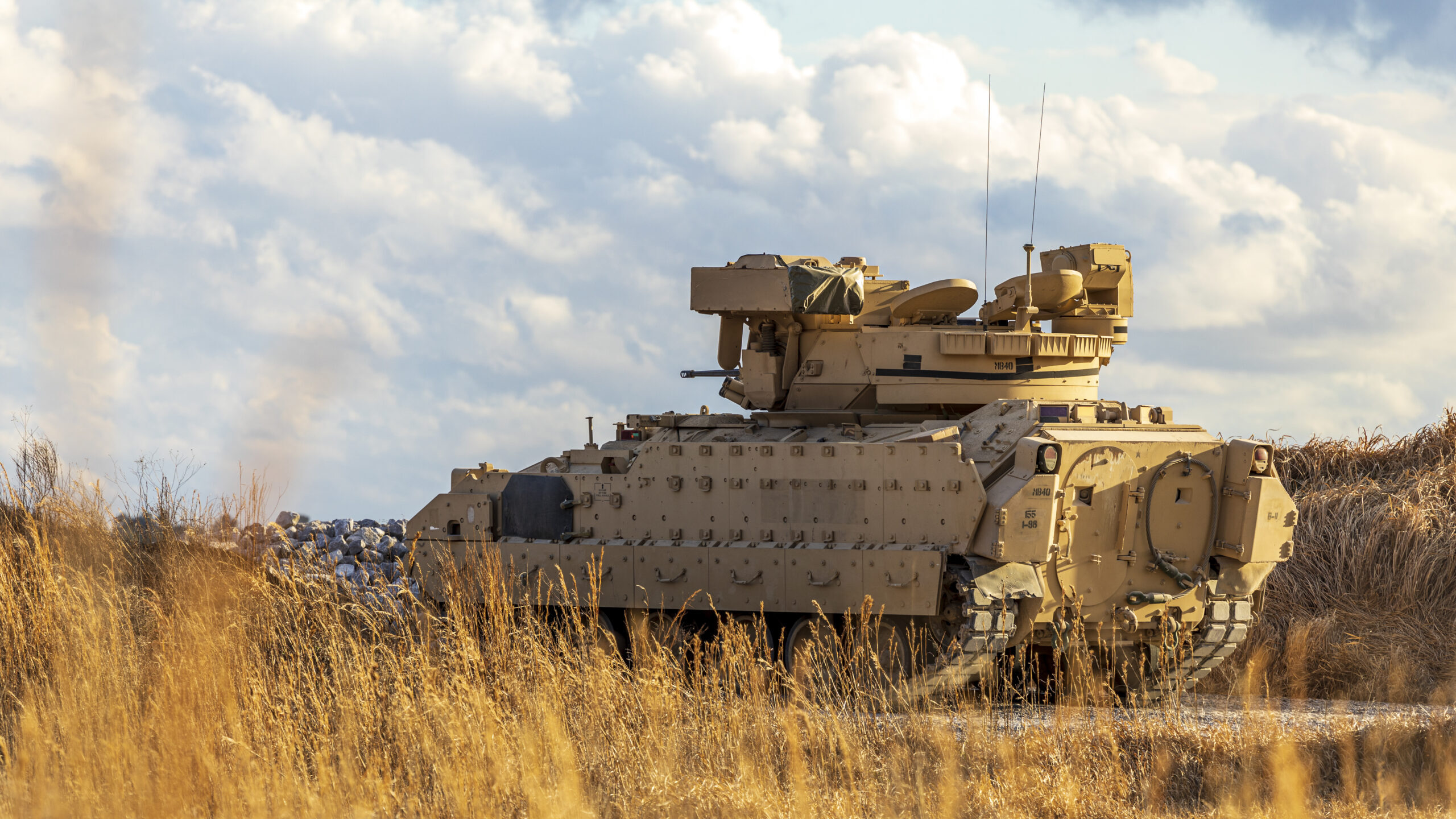
![Inside Honeywell’s plan for a new F-35 cooling system [Video]](https://breakingdefense.com/wp-content/uploads/sites/3/2024/07/8509355-1-scaled-e1721820217290.jpg?#)


